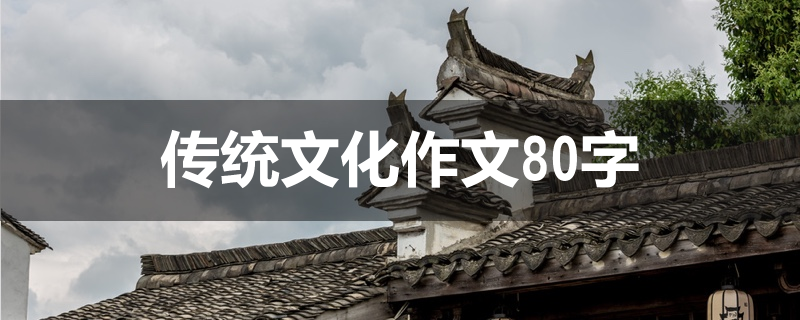
熊鹤人
2021-07-14
culture of china
the culture of china is home to one of the world'soldest and most complex civilizations. china boasts a history rich in over5,000 years of artistic, philosophical, political, and scientific advancement.though regional differences provide a sense of diversity, commonalities inlanguage and religion connect a culture distinguished by such significantcontributions such as confucianism and taoism. confucianism was the officialphilosophy throughout most of imperial china'shistory and strongly influenced other countries in east asia. mastery of confucian texts provided the primary criterionfor entry into the imperial bureaucracy.
with the rise of western economic and militarypower beginning in the mid-19th century, western systems of social andpolitical organization gained adherents in china. some of these would-bereformers rejected china'scultural legacy, while others sought to combine the strengths of chinese andwestern cultures.
china is a unified nation consisting of many differentethnic groups. fifty-six different ethnic groups make up the great chinesenational family. because the han people accounts for more than ninety percentof china'spopulation, the remaining fifty-five groups are generally referred to as"ethnic minorities." next to the majority han, the mongolian, hui,tibetan, and uygur peoples comprise the largest ethnic groups. although china's ethnic minorities do not account for alarge portion of the population, they are distributed over a vast area,residing in every corner of china.
particularly since the implementation of china's openingand reform policy, the central government has increased investment in minorityareas and accelerated their opening to the outside world. this has resulted inan upsurge of economic development in these areas. each of china's ethnicminority groups possesses a distinctive culture. the chinese governmentrespects minority customs, and works to preserve, study, and collate thecultural artifacts of china'sethnic minority groups. the government vigorously supports the development ofminority culture and the training of minority cultural workers, and fosters thedevelopment of traditional minority medicine.
the relation among china's ethnic groups can bedescribed as "overall integration, local concentration, mutualinteraction." concentrations of ethnic minorities reside withinpredominantly han areas, and the han people also reside in minority areas,indicating that there has been extensive exchanges among china's ethnicgroups since ancient times. with the development of the market economy,interaction among ethnic groups has become even more active in the areas ofgovernment, economics, culture, daily life, and marriage. linked byinterdependence, mutual assistance, and joint development, their common goalsand interests creating a deep sense of solidarity, china's ethnic groups resemble agreat national family, together building chinese civilization.
文本文来自"英语汇作文网" 欢迎分享本文,转载请保留出处!












